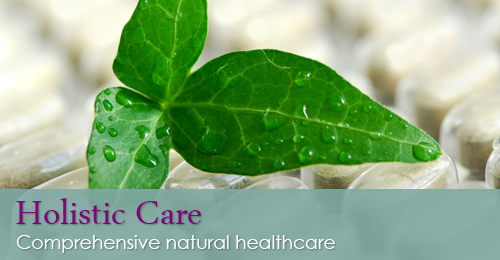Protein Quality and Quantity
Proteins are the building blocks of our body and made from a combination of amino acids. Amino acids are made from such building blocks as carbon, hydrogen, oxygen, sulphur, iron, phosphorous, and nitrogen. Without these, we can’t build, maintain or repair tissue, make hormones or enzymes. There are 8 essential amino acids, meaning they must come from the plate. These are phenylalanine, leucine, isoleucine, methionine, valine, lysine, threonine, and tryptophan. Protein is digested through a combination of work from the stomach, pancreas, liver, and intestines. Nothing happens in the mouth except mechanical breakdown. The best analogy of protein breakdown is taking a sentence and using a scissor to cut the sentence into words, and then the words into letters. That makes the resulting amino acids usable to the body. It’s only the amino acids that are small enough to pass through the intestinal lining and into the blood stream, not the larger particles.
Eggs, milk, cheese, fish, meat, and poultry all fulfill the conditions for complete protein. Most seeds, many nuts, few grains and even fewer vegetables and fruit fulfill the criteria to be called complete proteins. Eggs are the best supplier of protein with 95% net utilization, milk is at 83%, meat and foul at 68%, and plants range from 5%-40% net utilization. While the protein in a given plant may not be a “complete” protein, a diet that includes a wide variety of plant based foods, with no animal protein, will likely still provide all the essential amino acids the average person needs.
Just because a food has a high net utilization of protein does not make it healthy. As mentioned before, dairy is not well tolerated by most people and the pasteurization, homogenization, hormones,
antibiotics, and feeding of grains seal the deal in making most dairy an unhealthy option for individuals. If you can get your hands on it, organic, raw, grassfed dairy from A2 cows, from farms with hygienic practices, is the healthiest option. Animal protein and fat has been shown to be pro-inflammatory in excess, especially when combined with the typical western diet high in processed sugar and flour. This is one of the reasons why it is so important to watch your portion sizes of animal protein and eat large portions of non-inflammatory foods such as fruits and vegetables.
The current recommendation are for animal protein portions to be the size of a deck of cards. However, some individuals do better with less and some with more. New genetic testing on specific methylation mutations is one example. Those with certain methylation defects may do better on lower quantities of animal protein (1). There are also theories out there called “metabolic typing”, which also postulate that some people do better on more protein, and some do better with less.
http://heartfixer.com/AMRI-Nutrigenomics.htm



